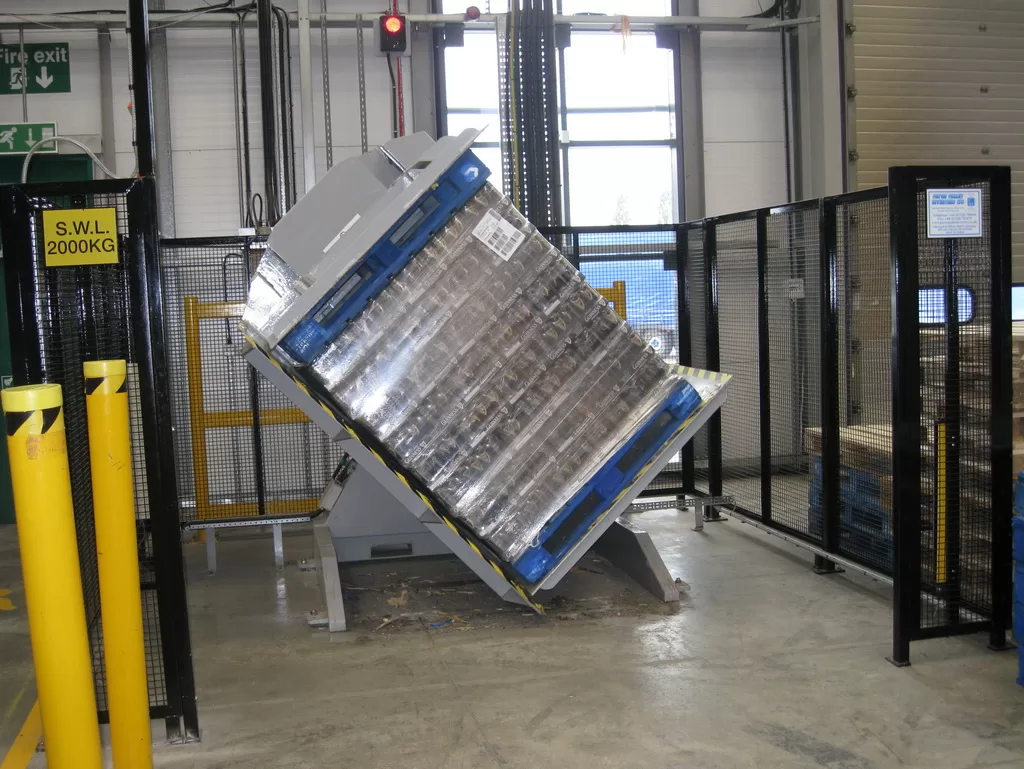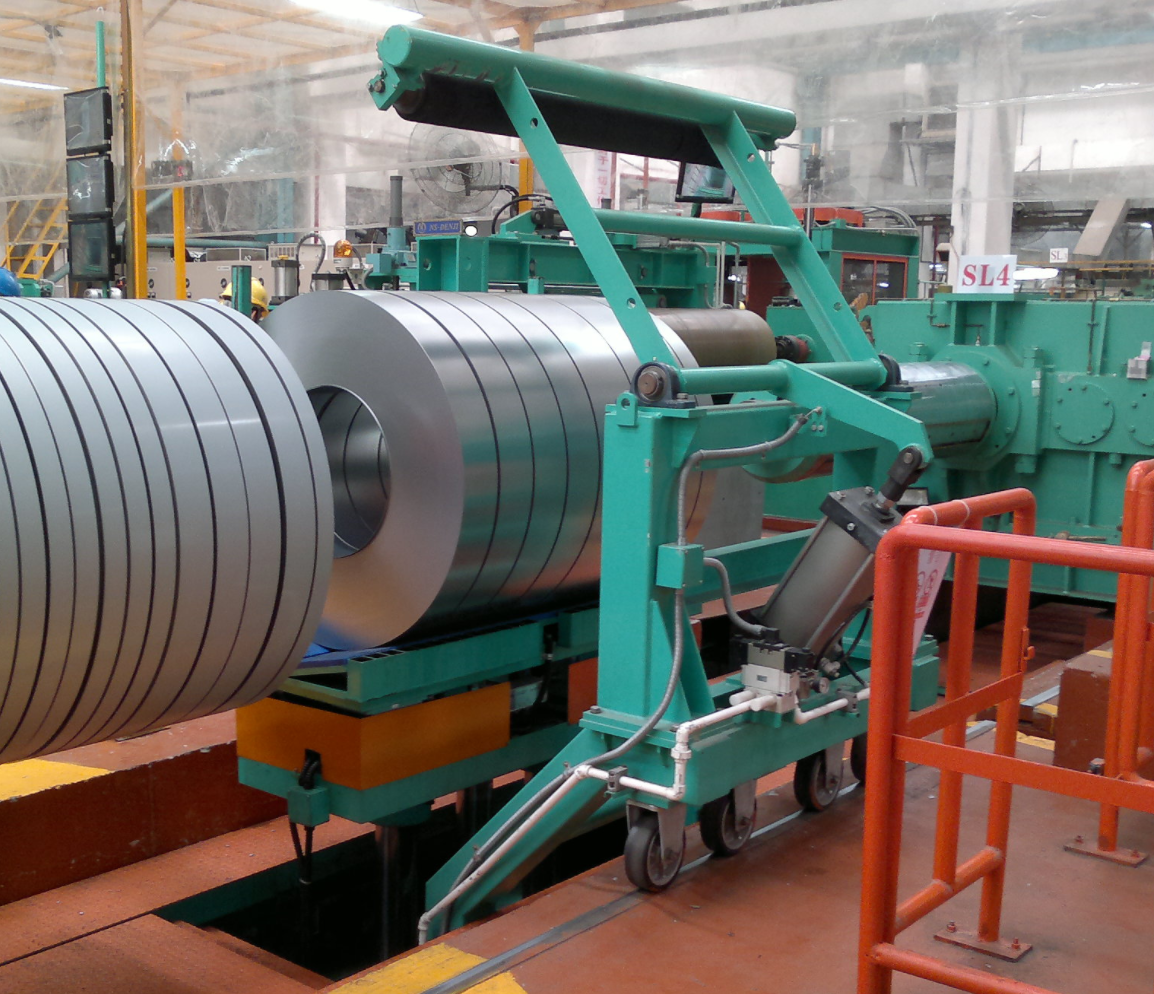Are you struggling with the cumbersome and risky task of flipping heavy molds in your manufacturing facility? Imagine a solution that not only safeguards your workers but also dramatically boosts efficiency. Mold upenders are the answer, but choosing between hydraulic and mechanical types can be daunting.

Mold upenders are essential equipment for safely and efficiently rotating and flipping heavy molds and dies. Hydraulic upenders utilize hydraulic cylinders for smooth, powerful operation, ideal for very heavy loads and precise control. Mechanical upenders, often more cost-effective initially, employ mechanical linkages and motors for robust flipping action, suitable for less demanding applications. The best choice depends on your specific needs, budget, and operational priorities.
This article will delve into the critical distinctions between hydraulic and mechanical mold upenders, helping you make an informed decision to optimize your mold handling processes.
Hydraulic Mold Upenders: Power and Precision for Heavy Lifting
Are you dealing with exceptionally heavy molds that demand unwavering control during flipping? The sheer weight and delicate nature of these tools necessitate a handling solution that offers both brute strength and pinpoint accuracy. Hydraulic mold upenders rise to this challenge, providing the power and finesse required for the most demanding mold handling tasks.
Hydraulic mold upenders are the champions of heavy-duty mold flipping, leveraging pressurized hydraulic fluid to drive powerful cylinders. This system delivers exceptional lifting capacity and smooth, controlled motion, essential for handling molds weighing several tons. Their precise control minimizes the risk of damage to valuable molds and ensures operator safety, making them ideal for industries where heavy, delicate molds are the norm.
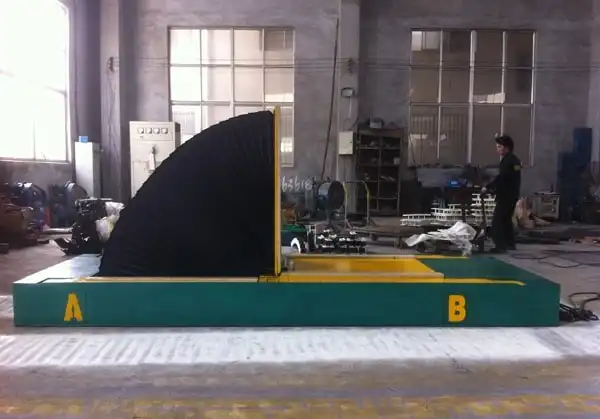
But how exactly do hydraulic upenders achieve this blend of power and precision? Let’s dive deeper into the mechanics and advantages of these robust machines.
Delving Deeper into Hydraulic Mold Upender Technology
Hydraulic mold upenders are more than just powerful machines; they are sophisticated systems engineered for safety and efficiency. Understanding their intricate components and operational principles reveals why they are often the preferred choice for heavy and high-value molds. Let’s break down the key aspects:
Precision Control and Smooth Operation
One of the hallmarks of hydraulic systems is their ability to provide exceptionally smooth and controlled movement. This is crucial when handling molds, as jerky or abrupt motions can lead to damage. Hydraulic cylinders offer linear motion that is easily regulated, allowing operators to precisely control the flipping speed and angle. This level of control is especially important during critical moments of the flipping process.
High Lifting Capacity and Stability
Hydraulic systems excel in force multiplication. Pascal’s law, the foundation of hydraulics, dictates that pressure applied to a confined fluid is transmitted undiminished throughout the fluid. In a hydraulic upender, this principle translates to immense lifting power from relatively compact components. This allows hydraulic upenders to handle extremely heavy molds with stability and confidence.
Advanced Safety Features
Safety is paramount when dealing with heavy machinery and valuable molds. Hydraulic upenders are typically equipped with multiple safety features to protect operators and prevent accidents. These features often include:
- Overload Protection: Hydraulic systems can be designed with pressure relief valves that prevent overloading, safeguarding both the machine and the mold.
- Emergency Stop Buttons: Strategically placed emergency stop buttons allow for immediate halting of operation in case of any anomaly.
- Holding Valves: These valves prevent the load from dropping in case of hydraulic pressure loss, adding an extra layer of safety.
- Slow and Controlled Descent: Hydraulic systems can be engineered for slow and controlled descent, preventing sudden drops and potential damage.
Maintenance Considerations
While hydraulic systems offer numerous advantages, it’s important to consider maintenance. Hydraulic systems involve fluids, pumps, valves, and seals, which require periodic inspection and maintenance to ensure optimal performance and prevent leaks. However, modern hydraulic components are designed for durability, and regular preventative maintenance can minimize downtime.
To better understand the nuances, consider this comparison of key operational aspects:
| Feature | Hydraulic Upender |
|---|---|
| Lifting Capacity | Very High (easily handles 10+ tons) |
| Control | Precise and Smooth |
| Speed | Variable, Adjustable for controlled flips |
| Maintenance | Moderate, Regular Fluid Checks |
| Initial Cost | Generally Higher |
| Automation | Easily Integrated into Automated Systems |
| Noise Level | Relatively Quiet Operation |
| Best Suited For | Heavy, High-Value Molds, Precision Needs |
Mechanical Mold Upenders: Robust and Reliable Flipping Action
For many mold handling operations, raw power isn’t the only priority. Sometimes, a robust, reliable, and straightforward solution is precisely what’s needed. Mechanical mold upenders offer a different approach, emphasizing mechanical strength and dependable operation for a variety of mold flipping tasks.
Mechanical mold upenders utilize motors, gears, chains, and linkages to achieve mold flipping. Known for their robust construction and reliable performance, they are often a cost-effective solution for many applications. While they may not offer the same level of finesse as hydraulics, mechanical upenders are built to withstand demanding industrial environments and provide consistent flipping action for a wide range of mold sizes and weights.
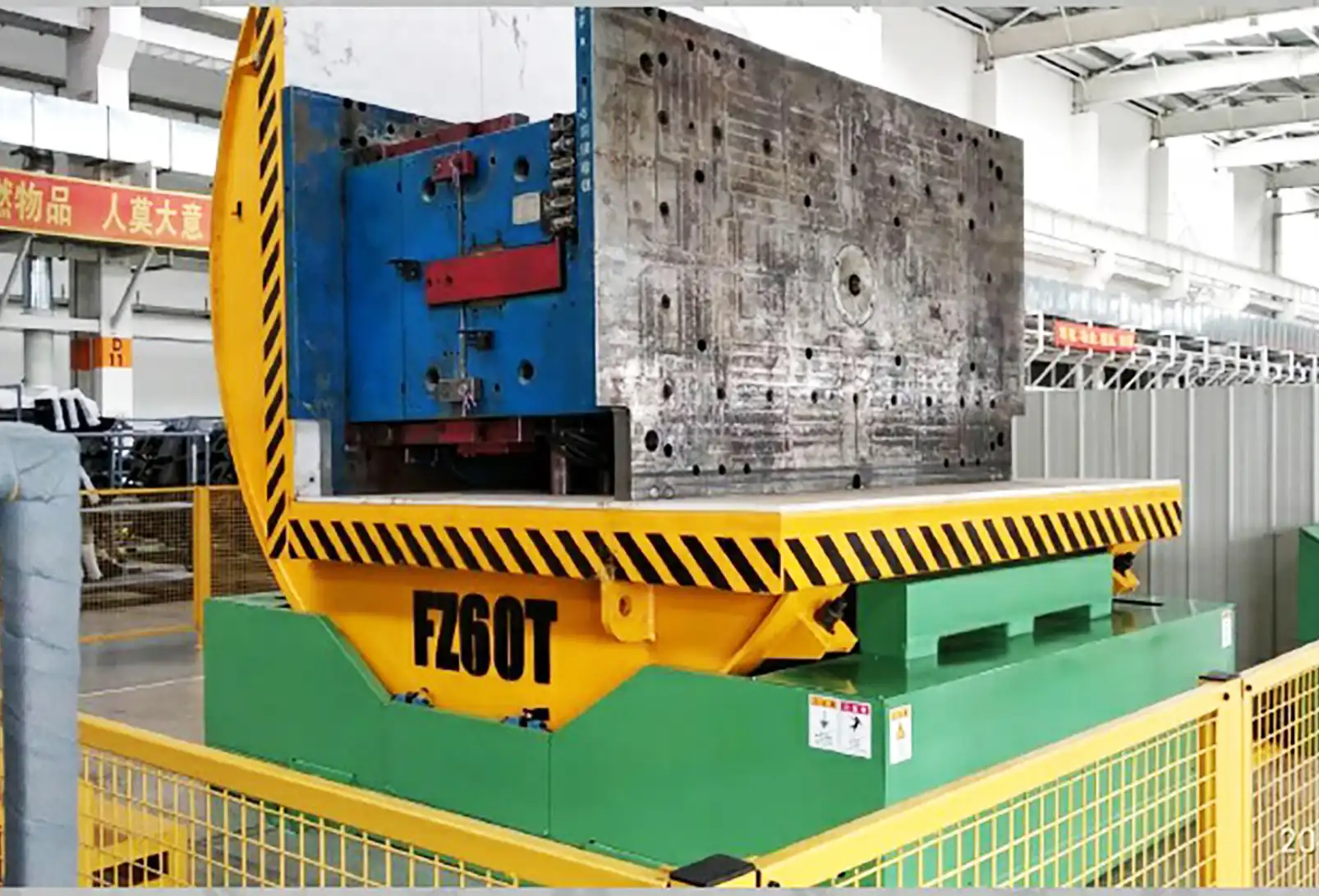
Let’s explore the key features and benefits that make mechanical upenders a compelling option for numerous mold handling scenarios.
Exploring the Strengths of Mechanical Mold Upenders
Mechanical mold upenders stand out for their simplicity and durability. They are designed for consistent performance in demanding industrial settings, often providing a more accessible entry point in terms of initial investment. Let’s delve deeper:
Rugged Construction and Durability
Mechanical upenders are characterized by their robust construction. They are typically built with heavy-gauge steel frames and utilize durable mechanical components like gears, chains, and robust motors. This construction philosophy prioritizes longevity and the ability to withstand the rigors of daily industrial use. They are built to last, often requiring less frequent part replacement compared to more complex systems.
Simpler Operation and Maintenance
Compared to hydraulic systems, mechanical upenders are generally simpler in design and operation. This relative simplicity translates to easier maintenance. Troubleshooting and repairs often involve readily accessible mechanical components, which can be advantageous for in-house maintenance teams. The absence of hydraulic fluids also eliminates the concerns of leaks and fluid contamination.
Cost-Effectiveness
In many cases, mechanical mold upenders offer a lower initial investment compared to their hydraulic counterparts. This cost-effectiveness can be a significant advantage for businesses with budget constraints or for applications where extreme lifting capacity and pinpoint precision are not paramount. The reduced complexity can also contribute to lower long-term operational costs in some scenarios.
Reliable Performance in Varied Environments
Mechanical systems are often less sensitive to temperature variations and contaminants compared to hydraulic systems. This robustness makes mechanical upenders well-suited for environments where temperature fluctuations or dusty conditions are prevalent. They offer reliable performance even under less-than-ideal operating conditions.
However, it’s important to acknowledge the trade-offs. Mechanical upenders may not offer the same degree of smooth, infinitely variable control as hydraulic systems. Their motion might be less fluid, and achieving very slow, creep speeds can be more challenging. Noise levels can also be a consideration, as mechanical systems might generate more noise than quieter hydraulic systems.
To provide a clearer picture, here’s a comparison table focusing on mechanical upender characteristics:
| Feature | Mechanical Upender |
|---|---|
| Lifting Capacity | Moderate to High (up to 20-30 tons in some designs) |
| Control | Robust, Reliable, Less Finesse |
| Speed | Generally Fixed or Stepped Speeds |
| Maintenance | Simpler, Primarily Mechanical Components |
| Initial Cost | Generally Lower |
| Automation | Can be Automated, but Integration May be Less Seamless |
| Noise Level | Potentially Louder than Hydraulic |
| Best Suited For | General Mold Flipping, Cost-Sensitive Applications, Rugged Environments |
Choosing Between Hydraulic and Mechanical Mold Upenders: Key Considerations
The decision between hydraulic and mechanical mold upenders isn’t always clear-cut. The "best" choice hinges on a careful evaluation of your specific operational needs, budget constraints, and long-term priorities. Let’s break down the crucial factors to consider to guide your selection process.
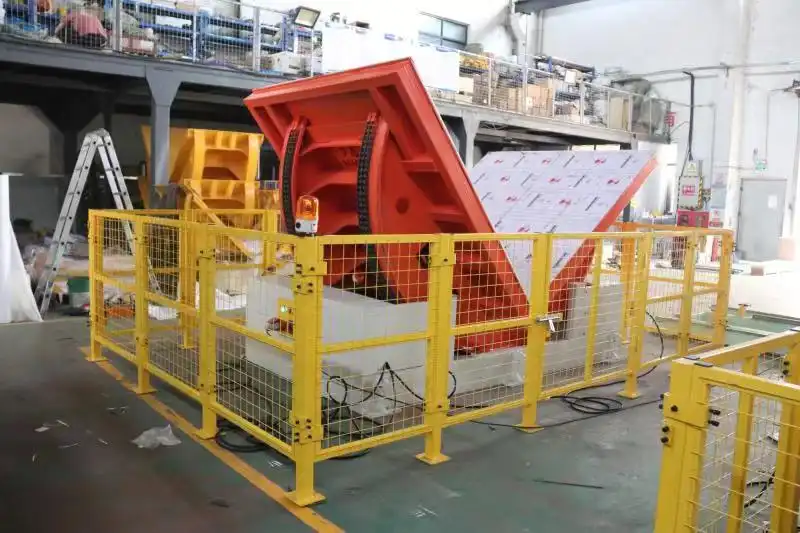
When selecting a mold upender, consider load weight, precision requirements, duty cycle, budget, maintenance capabilities, and environmental conditions. Hydraulic upenders excel in heavy-duty, precision applications, offering smooth control and high capacity. Mechanical upenders provide robust, cost-effective solutions for less demanding tasks. A detailed needs analysis is crucial for making the optimal choice.
To make the right choice, ask yourself these critical questions:
1. Load Weight and Size:
- What is the maximum weight of the molds you need to flip? Hydraulic upenders are essential for extremely heavy molds (10+ tons). Mechanical upenders are suitable for lighter to moderately heavy molds.
- What are the dimensions of your molds? Ensure the upender platform is appropriately sized for your molds.
2. Precision and Control Requirements:
- How critical is precise, smooth, and controlled flipping? Hydraulic systems offer superior control, which is vital for delicate or high-value molds.
- Do you need variable flipping speeds? Hydraulic upenders offer adjustable speed control. Mechanical upenders typically have fixed or stepped speeds.
3. Duty Cycle and Frequency of Use:
- How frequently will the upender be used? For high-duty cycle applications, both hydraulic and robust mechanical upenders can be suitable, but maintenance considerations might differ.
- What is your required throughput? Consider cycle times for both types to ensure they meet your production needs.
4. Budget and Initial Investment:
- What is your budget for the upender? Mechanical upenders generally have a lower initial cost.
- Consider long-term costs: Factor in maintenance, energy consumption, and potential downtime for both types.
5. Maintenance Capabilities and Infrastructure:
- Do you have in-house expertise for hydraulic system maintenance? Hydraulic systems require specialized knowledge for troubleshooting and repair.
- Is simpler mechanical maintenance preferable? Mechanical systems are often easier for in-house teams to maintain.
6. Environmental Conditions:
- Will the upender operate in extreme temperatures or dusty environments? Mechanical upenders are often more robust in harsh conditions.
- Are noise levels a concern? Hydraulic systems are generally quieter.
7. Automation and Integration:
- Do you plan to integrate the upender into an automated production line? Hydraulic systems often integrate more seamlessly into automated systems due to their precise control capabilities.
By carefully evaluating these factors and comparing them against the strengths and weaknesses of hydraulic and mechanical mold upenders, you can make a well-informed decision that aligns with your specific needs and optimizes your mold handling operations.
Streamlining Mold Handling with the Right Upender
Choosing the correct mold upender is a strategic decision that impacts safety, efficiency, and your bottom line. Whether you opt for the power and precision of a hydraulic system or the robust reliability of a mechanical upender, the right machine will transform your mold handling processes.
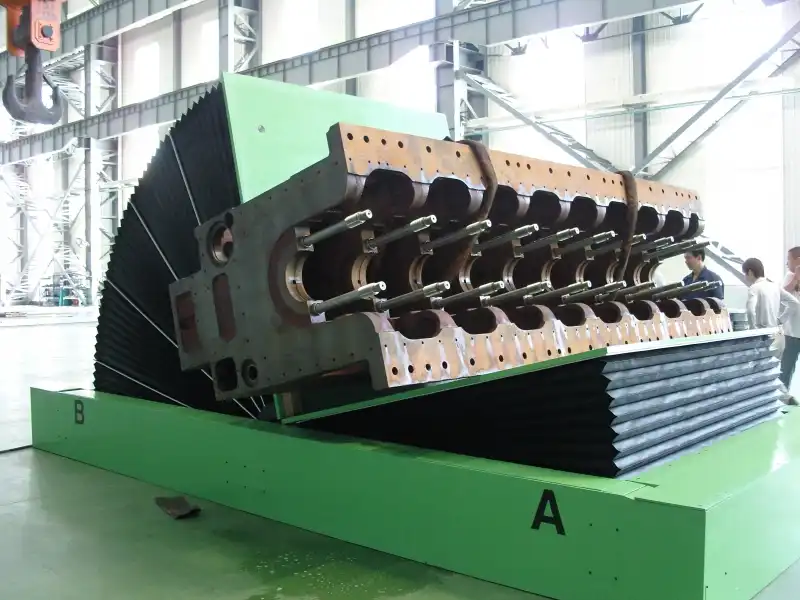
Investing in a mold upender, whether hydraulic or mechanical, significantly enhances safety by eliminating dangerous manual flipping methods. Upenders also dramatically improve efficiency, reducing cycle times and boosting productivity. The choice between hydraulic and mechanical depends on load requirements, precision needs, and budget considerations, but both offer substantial improvements over traditional methods.
Ultimately, the ideal mold upender is the one that best fits your specific application, operational environment, and long-term goals. By carefully considering the factors outlined in this guide, you can confidently select the right type of mold upender to elevate your manufacturing processes.
Conclusion
Selecting between hydraulic and mechanical mold upenders requires a thorough understanding of your operational demands. Hydraulic systems offer unparalleled precision and power for the heaviest and most delicate molds, while mechanical systems provide robust and cost-effective solutions for a wide range of applications. By carefully weighing the pros and cons of each type, you can invest in a mold upender that not only enhances safety and efficiency but also contributes to the long-term success of your manufacturing operations. Consider exploring automated solutions like [wire packing automation] for further streamlining your production processes after optimizing your mold handling.



